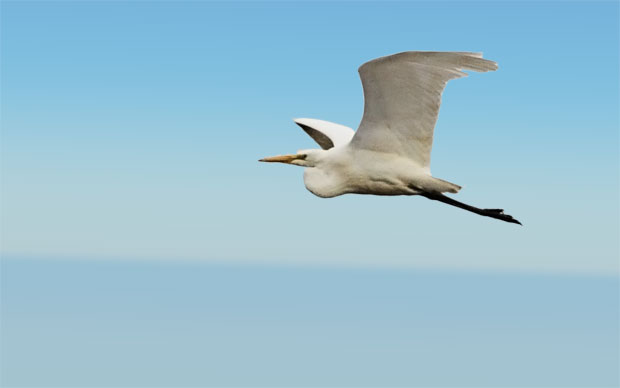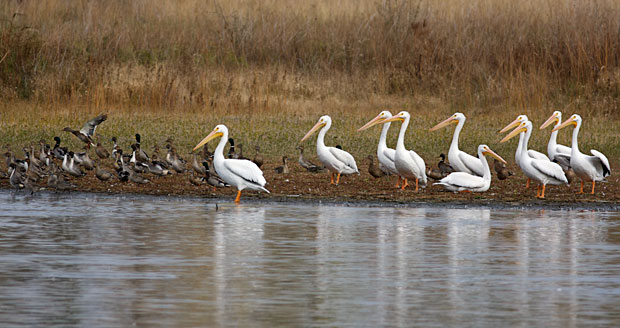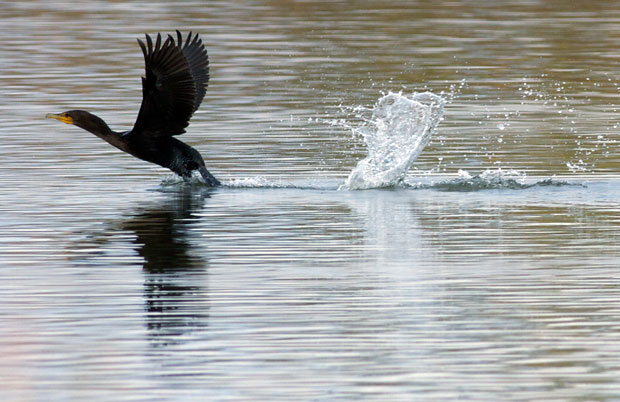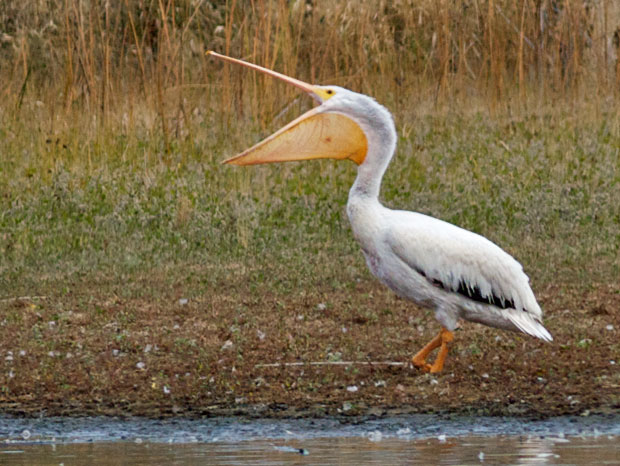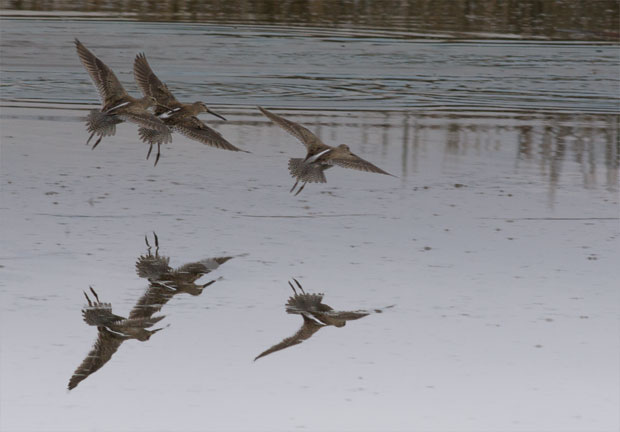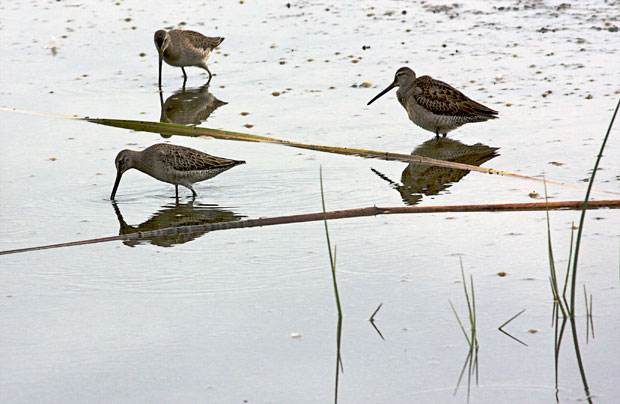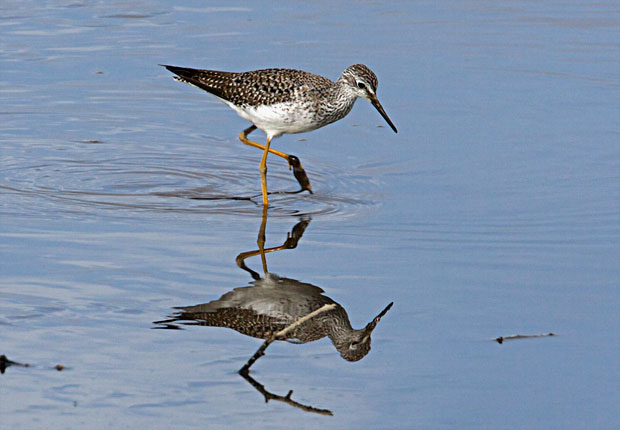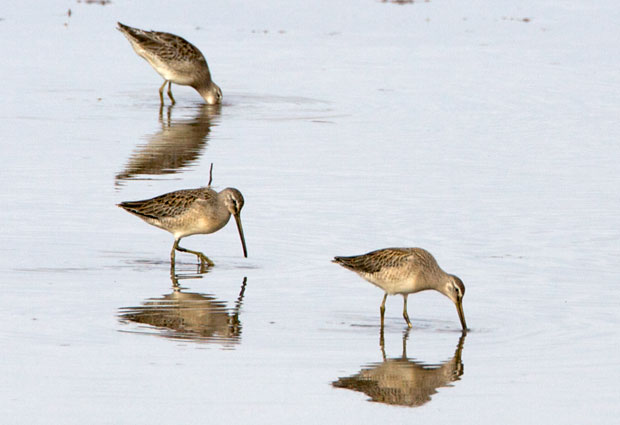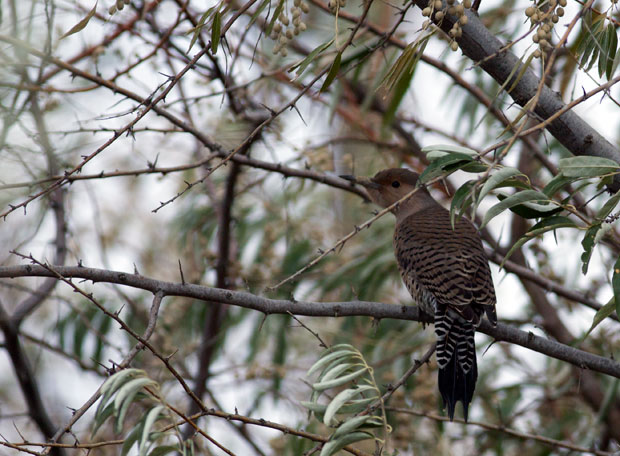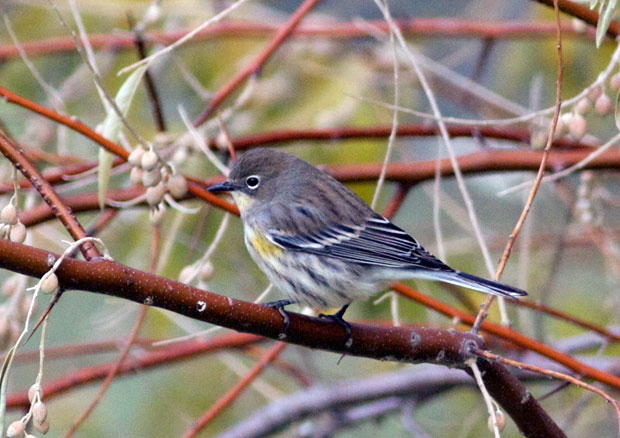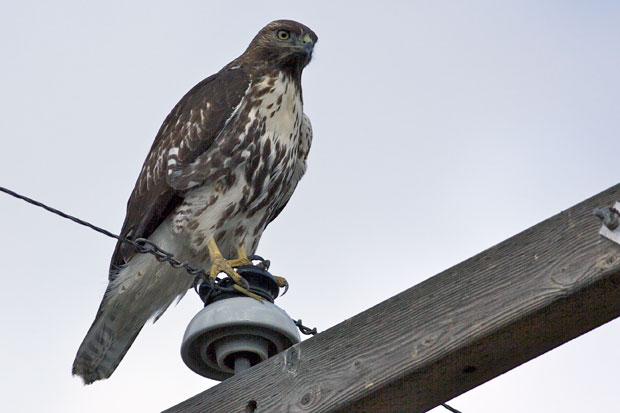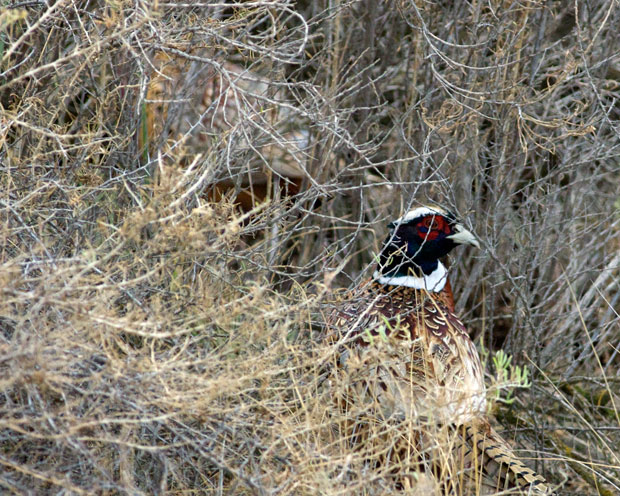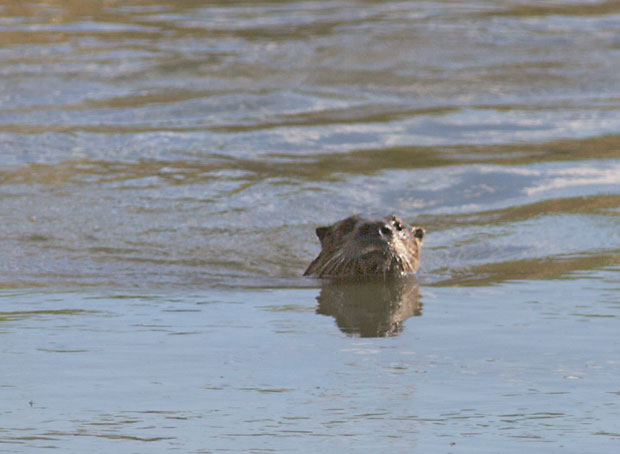Birding-wise my final day in Eastern Washington was an absolute disaster. I didn’t see a single bird at the Toppenish National Wildlife Refuge where I’ve gotten such great shots previously.
Things got even worse when I returned to Yakima Sportsmen State Park for some final birding. Not only didn’t I see any birds, I managed to get lost in the circular trails and my iPhone got such crummy reception it showed me as being on an island that was actually across the river from where I was. It was a small enough park that I never felt particularly threatened, but I really didn’t want to spend two and half hours wandering in circles thinking, “I’ve been here before.”
Things didn’t seem to be getting much better on the way home, either. I’d decided to take the “scenic” route home through Chinook Pass. When I actually got to the turn-off, though, there were huge highway billboards advising that Chinook Pass was closed because of a recent slide. I was dreading having to go through White Pass and Packwood as it is a long way south of Tacoma.
Instead, I ended up driving through Mt. Rainier National Park, which was free since I have a senior pass. Even though it was rainy most of the way, the fall colors were dramatic, rivaling the sheer beauty of the mountain itself.
I’d forgotten how beautiful the road itself was, with bridges and tunnels carved out of stone years ago when craftsmanship was important,

pullouts offering dramatic views across the valley,

wayside parks leading to streams that have carved into the mountain for centuries,
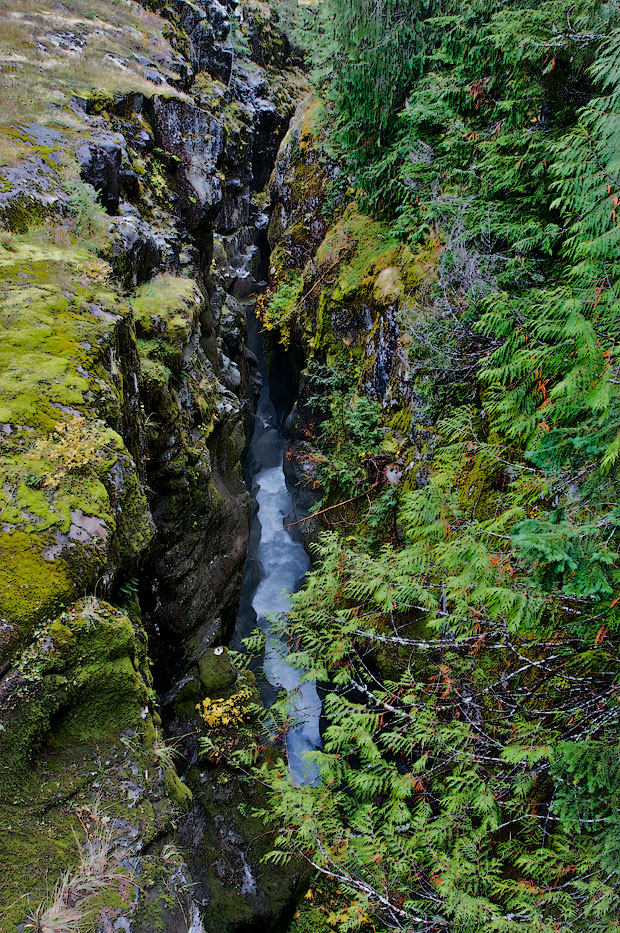
but most of all the sheer beauty of leaves turning gold,
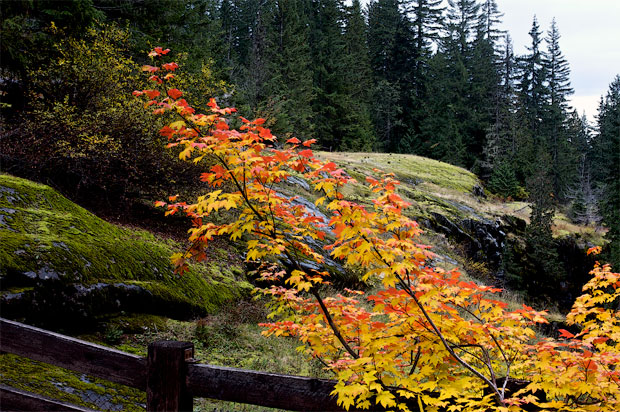
and red.
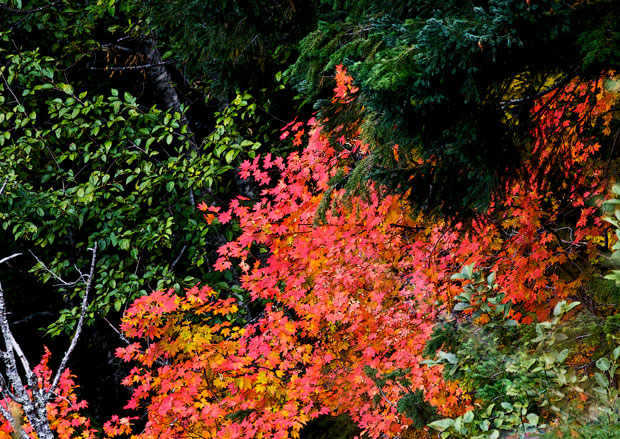
Even in the rain I couldn’t resist a number of short walks and promised myself that I would return soon if the rain would permit. I doubt I’ll ever drive through Packwood again.

